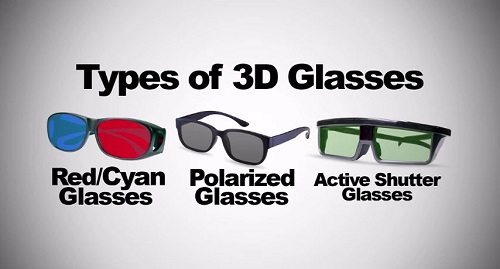
The key insight with Cinema 3D is that people in movie theaters move their heads only over a very small range of angles, limited by the width of their seat. However, this often comes at a cost of lower image-resolution.


Other methods, including one from the MIT Media Lab, involve developing completely new physical projectors that cover the entire angular range of the audience. Traditional methods for TV sets use a series of slits in front of the screen (a “parallax barrier”) that allows each eye to see a different set of pixels, creating a simulated sense of depth.īut because parallax barriers have to be at a consistent distance from the viewer, this approach isn’t practical for larger spaces like theaters that have viewers at different angles and distances. Glasses-free 3-D already exists, but not in a way that scales to movie theaters. Efrat will present the paper at this week’s SIGGRAPH computer-graphics conference in Anaheim, California. While the researchers caution that the system isn’t currently market-ready, they are optimistic that future versions could push the technology to a place where theaters would be able to offer glasses-free alternatives for 3-D movies.Īmong the paper’s co-authors are MIT research technician Mike Foshey former CSAIL postdoc Piotr Didyk and two Weizmann researchers that include Efrat and professor Anat Levin. “This is the first technical approach that allows for glasses-free 3-D on a large scale.”

“Existing approaches to glasses-free 3-D require screens whose resolution requirements are so enormous that they are completely impractical,” says MIT professor Wojciech Matusik, one of the co-authors on a related paper whose first author is Weizmann PhD Netalee Efrat.


 0 kommentar(er)
0 kommentar(er)
